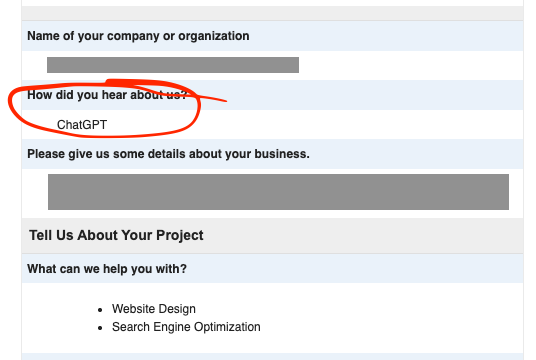7 Emerging Web Design Trends Every Small Business Should Know
Web design moves fast, but not every new idea is worth chasing. For small businesses, the goal isn’t to have the flashiest website. It’s to have one that communicates clearly, builds trust, and turns visitors into customers. At Well Dressed Walrus, we focus on helping business owners cut through the noise with websites that work. Still, it’s smart to keep an eye on what’s changing in the web design world and how those trends might strengthen your online presence. So what’s actually worth paying attention to? Let’s look at a few key web design trends that are shaping how small businesses connect with customers online.
1. StoryBrand Messaging: Clarity Over Complexity
The most important trend isn’t visual, it’s strategic. Businesses are realizing that a clear message is more valuable than clever copy or complex design. The StoryBrand framework has transformed how small businesses communicate online by focusing on the customer as the hero and your business as the guide. Websites built around this framework don’t just look good; they make sense. Visitors know who you are, what you do, and why it matters to them within seconds. That clarity builds trust, engagement, and ultimately, sales.
2. User Experience as a Priority
Modern web design is all about usability. Visitors expect pages that load quickly, navigation that feels intuitive, and layouts that work on any screen. Accessibility is becoming a central part of this conversation, ensuring that everyone can interact with your site easily. For small businesses, prioritizing user experience leads to happier customers and better SEO performance. Search engines reward sites that keep people engaged.
3. Authentic Visual Design
Overly polished, stock-heavy websites are fading in favor of authenticity. People want to see real teams, genuine customer testimonials, and natural visuals that reflect your brand’s personality. This kind of design creates an emotional connection and reminds visitors that there’s a real story behind the screen. Small businesses especially benefit from this personal touch because it sets them apart from larger, less relatable competitors.
If you’re ready to build a website that feels authentic and performs well, explore our Website Design Services.
4. Data-Driven Design Decisions
Rather than guessing what users want, small businesses are learning from analytics. Heat maps, engagement tracking, and conversion data now guide design updates and marketing decisions. It’s no longer about “what looks good,” but about what works. With the right tools in place, you can measure how people move through your site, what holds their attention, and where they drop off. Those insights allow you to refine your message and layout for better results.
5. Clean, Minimal Layouts
Minimalist design continues to evolve. Simple, distraction-free pages are proving to be the most effective at guiding users toward a clear call to action. Bold headlines, open space, and direct copy make your offer stand out. For small businesses, this approach keeps development efficient while ensuring every element has a purpose. Less clutter means more clarity, which pairs perfectly with the StoryBrand strategy.
6. Integrating Strategy with Design
The best small business websites are more than just visually appealing; they’re built with intention. Many small businesses are starting to think about their websites as part of a larger marketing system. A homepage introduces the brand. A landing page captures leads. Email and SEO campaigns bring visitors back again and again. When design and strategy work together, a website becomes a tool for growth instead of a digital brochure.
Learn how we help businesses connect design to marketing results through our Marketing Strategy and Sales Funnels services.
7. AI and Geo-Targeting in Small Business Marketing
AI is changing how small businesses approach their digital marketing, particularly in SEO and audience targeting. Modern AI tools for marketing can analyze search trends, track user behavior, and reveal which strategies attract the right audience. This helps small businesses focus their efforts on what works instead of guessing.
Geo-targeting adds another layer of precision. By combining AI for small business marketing with local SEO strategies, businesses can reach customers in specific regions and neighborhoods. Optimizing content on a website for location-based searches builds credibility, drives nearby traffic, and helps businesses connect with the people most likely to convert.
8. Preparing for the Future of Web Design
The future of web design is full of opportunities for small businesses. New tools and creative techniques are making it easier than ever to design websites that connect with customers in meaningful ways. Still, success will always come down to the same core principles: clarity, usability, and authenticity. By blending modern trends with a strong message, small businesses can stay ahead of the curve and build websites that grow with them.
If your website could use a refresh, contact our team at Well Dressed Walrus to talk about what’s next in web design and how we can help your business stand out.



